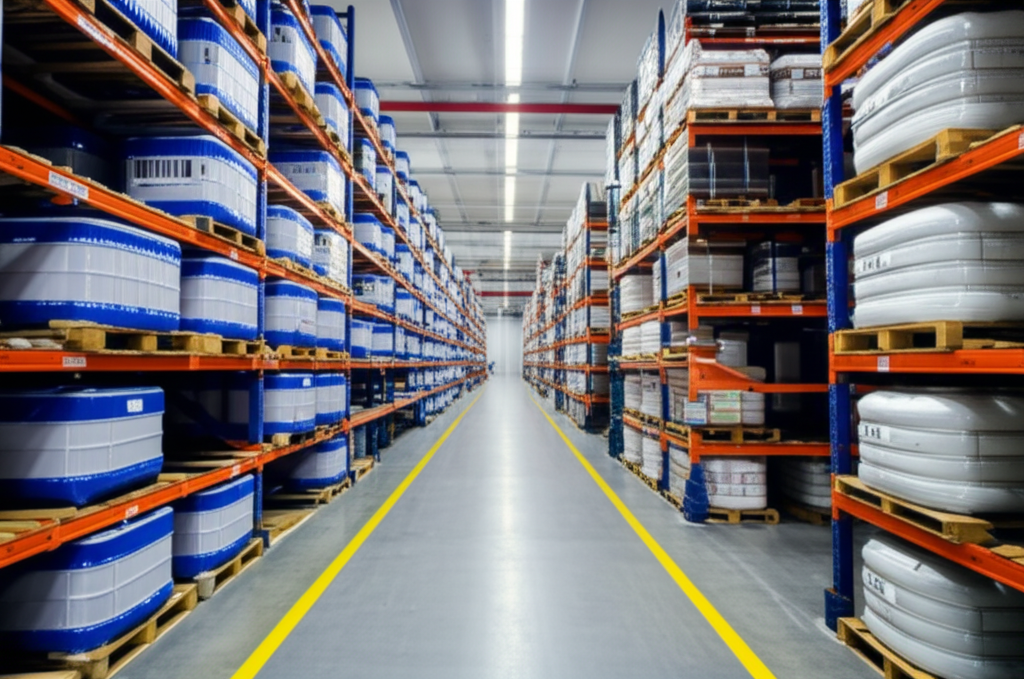Polymers are ubiquitous in modern life, forming the backbone of countless products from packaging and textiles to automotive components and construction materials. However, their widespread use often exposes them to harsh environmental conditions, primarily ultraviolet (UV) radiation and heat. This exposure can trigger complex degradation processes, leading to undesirable changes such as discoloration, loss of mechanical strength, embrittlement, and cracking. Protecting polymers from these damaging effects is crucial for maintaining product quality, extending lifespan, and ensuring performance reliability.
Addressing this critical need requires sophisticated stabilization technologies. Among the most effective classes of additives are Hindered Amine Light Stabilizers (HALS). Unlike traditional UV absorbers that screen UV light, HALS function by scavenging free radicals formed during the photo-oxidation process. This radical-scavenging mechanism is highly efficient and regenerative, meaning a single HALS molecule can deactivate multiple radicals, providing long-term protection.
A key player in the HALS market is HALS 944, identified by its CAS number 71878-19-8 (with 70624-18-9 also cited in some regions, particularly the US). Chemically, HALS 944 is a polymerized high molecular weight HALS, specifically a poly-{[6-[(1,1,3,3-tetramethylbutyl)amino]-1,3,5-triazine-2,4-diyl][(2,2,6,6-tetram yl-4-piperidyl)imino]-1,6-hexanediyl[(2,2,6,6-tetramethyl-4-piperidyl)imino]} with a formula of [C35H64N8]n, where n typically ranges from 4 to 5. This polymerized structure is a significant advantage. Its high molecular weight results in very low volatility and minimal migration or extraction from the polymer matrix, ensuring that the protection remains effective throughout the service life of the product, even in demanding applications or when exposed to water or solvents.

HALS 944 is typically supplied as a white powder or granule, making it easy to handle and incorporate into various polymer processing operations. Its excellent physical form allows for homogeneous dispersion within the polymer melt or blend, ensuring consistent stabilization throughout the material.
The applications for HALS 944 are extensive, covering a wide range of polymer types and end-uses. It is particularly effective in polyolefins such as polypropylene (PP), polyethylene (PE), including HDPE, LDPE, and LLDPE, as well as cross-linked polyethylene (PEX). In these polymers, HALS 944 prevents embrittlement and chalking in outdoor furniture, automotive parts, and agricultural films. It is also highly beneficial in fibers and tapes, preventing loss of tensile strength and discoloration in items like geotextiles, artificial turf, and packaging straps. Beyond polyolefins, HALS 944 demonstrates efficacy in other polymers like polypropylene ether (PPE), polyoxymethylene (POM), polyamides (PA), polyurethanes (PU), and polyvinyl chloride (PVC). Its broad compatibility makes it a versatile choice for manufacturers working with diverse material portfolios.
One of the key features contributing to the superior performance of HALS 944 is its ability to function effectively even at relatively low concentrations. Furthermore, it exhibits excellent synergy with other polymer additives, including UV absorbers and antioxidants. Combining HALS 944 with a suitable UV absorber can provide comprehensive protection against both direct UV light penetration and the subsequent photo-oxidation process. When used in conjunction with primary and secondary antioxidants, it forms a robust stabilization package that protects against both thermal and photo-oxidative degradation, significantly enhancing the overall durability and longevity of the polymer product.
Proper storage and handling of HALS 944 are essential to maintain its quality and performance. It should be kept in a tightly closed container and stored in a dry, well-ventilated place, away from direct sunlight, moisture, and high temperatures. It is also important to avoid contact with substances containing sulfur or halogens, as these can potentially interfere with the HALS mechanism. While highly effective, testing is always recommended before implementing HALS 944 in new formulations or applications to ensure optimal performance under specific processing conditions and end-use requirements.
For businesses looking to leverage the benefits of high-performance light stabilization, sourcing a reliable supply of HALS 944 is a critical step. Identifying a trustworthy manufacturer or experienced supplier is paramount to ensuring consistent product quality, purity, and reliable delivery. Procurement professionals seeking to buy HALS 944 or purchase HALS 944 should engage with suppliers capable of providing comprehensive technical data, safety information, and necessary certifications. Inquiring about the HALS 944 price typically involves specifying required quantity, desired purity, and packaging preferences. Reputable sources will offer transparent pricing structures and support throughout the procurement process. Obtaining samples for evaluation is also a standard practice before committing to bulk orders, allowing manufacturers to validate performance in their specific polymer systems. NINGBO INNO PHARMCHEM CO.,LTD. provides this information as a resource for those seeking advanced polymer stabilization solutions.
Manufacturing Facilities






Professional Export Experience
to Global Customers

1. 20 years of R&D, manufacturing and sales experience, serving customers in 60 countries and regions around the world;
2. Own R&D laboratory, pilot platform and large-scale production workshop, which can meet the audit requirements of global customers;
3. We can satisfy customers' perfect transition from small scale lab requirements (gram level) to commercialization requirements (hundred tons level).
A: We don't have Minimum Order Quantity, exact quantity should be provided before quotation for us to calculate the exact cost.
A: We don't provide free samples due to lots of request and expensive international courier's cost, we can deduct the sample charge after commercial order placed.
A: Our payment terms: Small or sample order: T/T IN ADVANCE. Commercial order: First order should be by T/T IN ADVANCE or L/C at sight, and following orders T/T 30~90days is acceptable subject to approval of credit application.